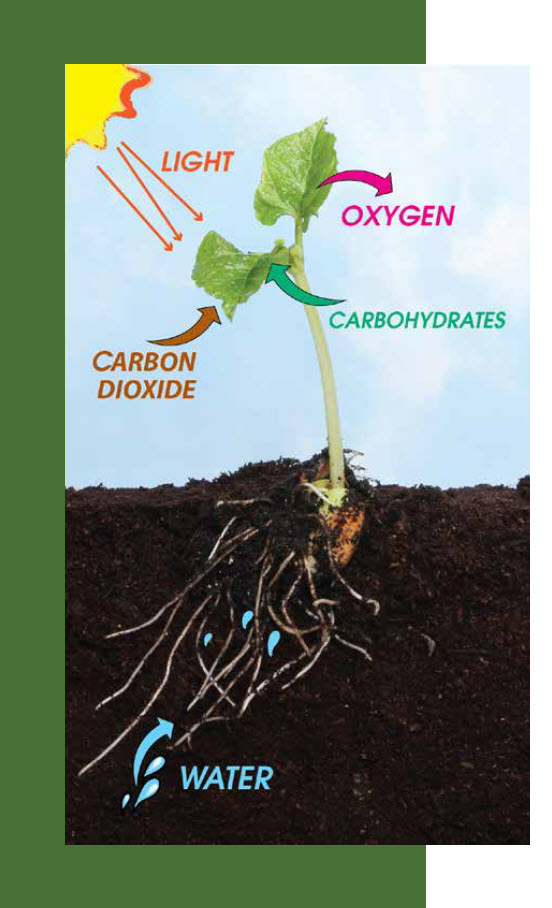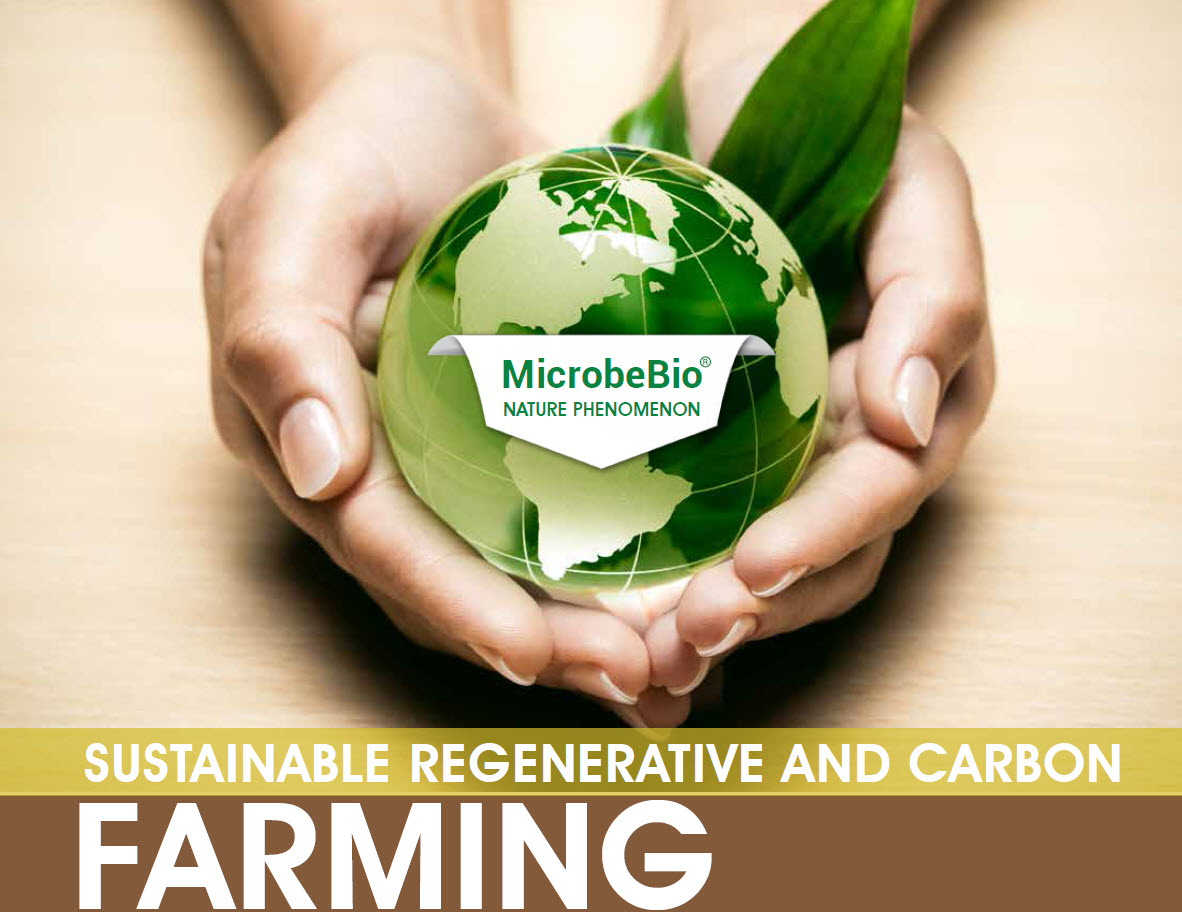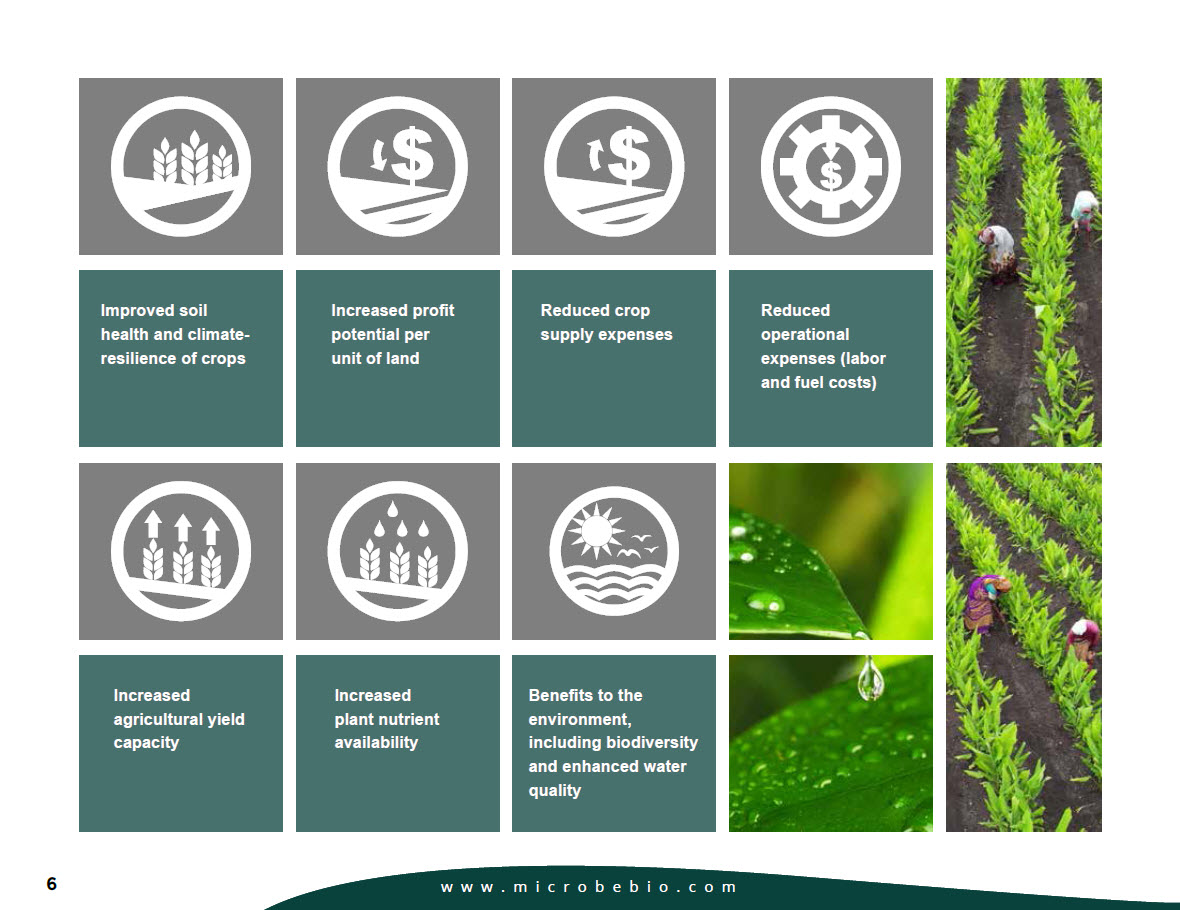Microbebio's Innovative Biologicals: Enhancing Forest Carbon Sequestration for the Carbon Market
In the context of global climate change mitigation efforts, forest carbon sequestration has emerged as a critical mechanism for reducing atmospheric CO2 concentrations. This paper examines the innovative approach developed by Microbebio, utilizing proprietary biologicals and microbes to enhance forest carbon sequestration capacity, with significant implications for the carbon market.
Methodology
Microbebio’s approach involves the application of extremophilic microorganisms, isolated from high-stress environments such as deserts, the Amazon rainforest, and high-saline soils. These microbes are selected for their resilience and ability to enhance plant metabolism under adverse conditions. The study focuses on their application in forest ecosystems and the subsequent impact on carbon sequestration rates.
Microbial Mechanisms for Enhanced Carbon Sequestration
The biologicals developed by Microbebio significantly alter the rhizosphere, the narrow region of soil influenced by root secretions and associated soil microorganisms. By introducing beneficial fungi and bacteria, these products create a more favorable environment for root growth and nutrient uptake. This enhancement of the rhizosphere directly correlates with increased carbon sequestration through improved tree growth and biomass accumulation.
The introduced microorganisms play a crucial role in nutrient cycling, particularly in the breakdown of organic matter. This process not only releases essential nutrients for tree growth but also contributes to the accumulation of stable soil organic carbon. The enhanced microbial activity in the soil leads to increased carbon storage in both above-ground biomass and below-ground soil carbon pools.
Microbebio’s extremophilic microbes confer increased stress tolerance to trees, enabling them to maintain photosynthetic activity and growth under adverse conditions. This resilience translates to sustained carbon sequestration even in the face of climate-induced stressors, ensuring a more stable and predictable carbon sink for the carbon market.
Quantitative Analysis of Carbon Sequestration Enhancement
Field trials conducted across various forest types have demonstrated significant increases in carbon sequestration rates following the application of Microbebio’s biologicals. Preliminary data indicate:
– A 15-25% increase in above-ground biomass accumulation over a 5-year period.
– A 10-20% enhancement in soil organic carbon content.
– Improved tree survival rates under drought conditions, maintaining carbon stocks during stress periods.
These improvements in carbon sequestration metrics have direct implications for carbon credit generation in the voluntary and compliance carbon markets.
 Integration with Digital MRV Technologies
Integration with Digital MRV Technologies
To accurately quantify and verify enhanced carbon sequestration, Microbebio has integrated advanced digital Measurement, Reporting, and Verification (MRV) technologies. These include:
– LiDAR and satellite imagery for precise biomass estimation.
– Soil carbon modeling based on spectral analysis and machine learning algorithms.
– Real-time monitoring of forest health indicators through IoT sensors.
This integration of biological enhancement with digital MRV technologies provides a robust framework for generating high-quality, verifiable carbon credits.
Implications for the Carbon Market
The enhanced carbon sequestration capacity achieved through Microbebio’s biologicals has significant implications for the carbon market:
- Increased Credit Generation: The higher sequestration rates translate directly into increased carbon credit generation per unit area of forest.
- Improved Credit Quality: The resilience conferred by the biologicals reduces the risk of reversal, potentially leading to higher-quality, more valuable credits.
- Expanded Project Viability: The ability to enhance sequestration in challenging environments expands the geographical range of viable forest carbon projects.
- Accelerated Timelines: Enhanced growth rates may allow for shorter crediting periods, accelerating returns on investment for project developers.
Microbebio’s innovative use of extremophilic microorganisms represents a significant advancement in forest carbon sequestration technology. By enhancing natural processes and improving forest resilience, this approach offers a scalable, nature-based solution for climate change mitigation. The quantifiable improvements in carbon sequestration rates, coupled with advanced MRV technologies, position this innovation as a valuable tool for expanding and strengthening the forest carbon offset market.
Future Research Directions
Further research is needed to:
- Assess long-term impacts on forest ecosystem dynamics.
- Optimize microbial formulations for different forest types and climatic zones.
- Develop standardized protocols for integrating enhanced biological sequestration into carbon credit methodologies.
#CarbonSequestration #ForestCarbon #ClimateScience #MicrobialEcology #CarbonMarket #ClimateChangeMitigation #SustainableForestry #BiologicalInnovation #EnvironmentalTechnology #CarbonCredits

